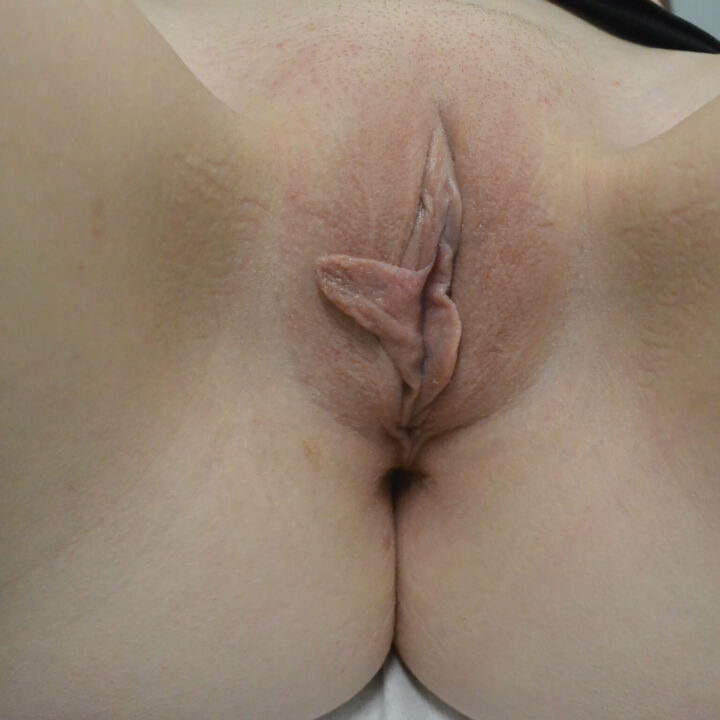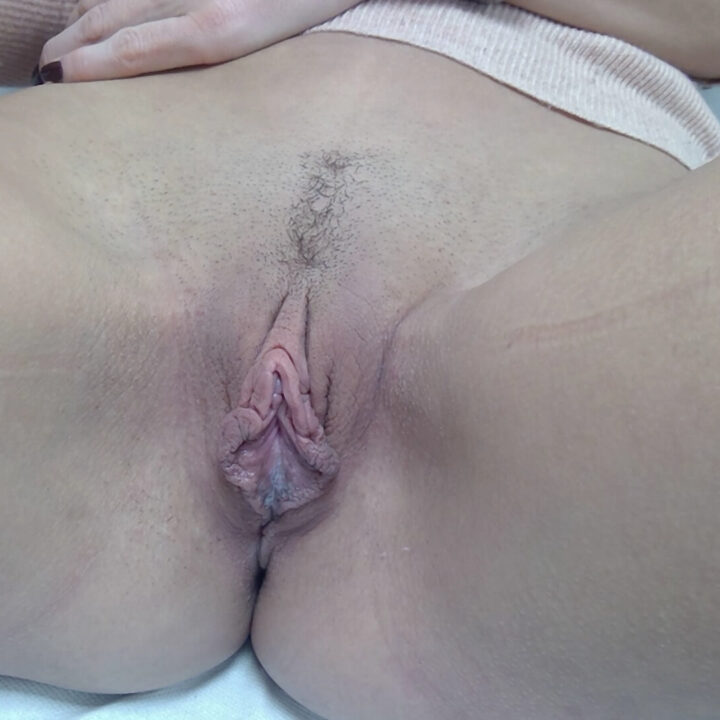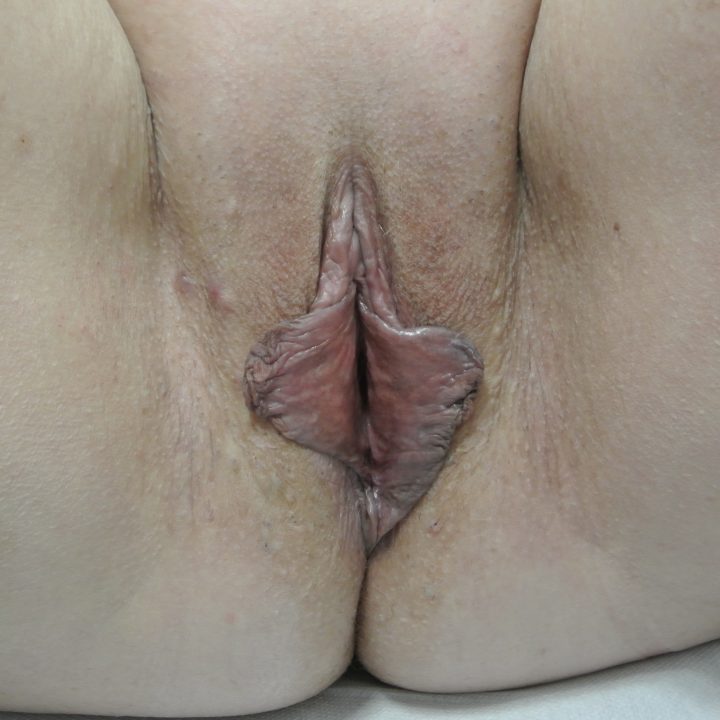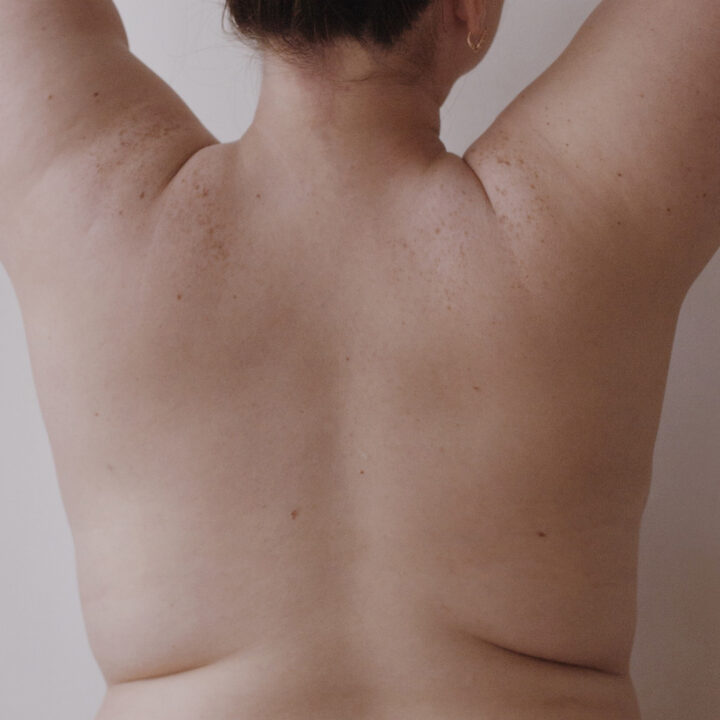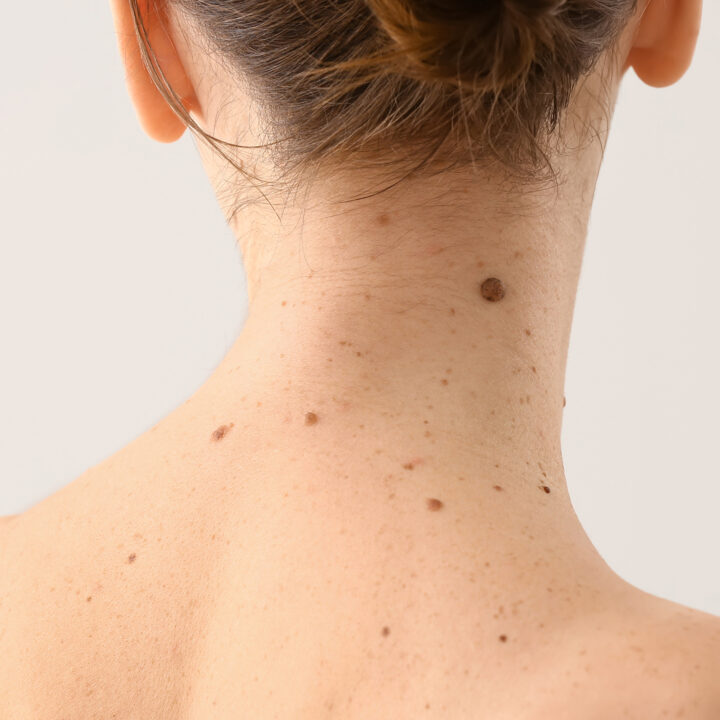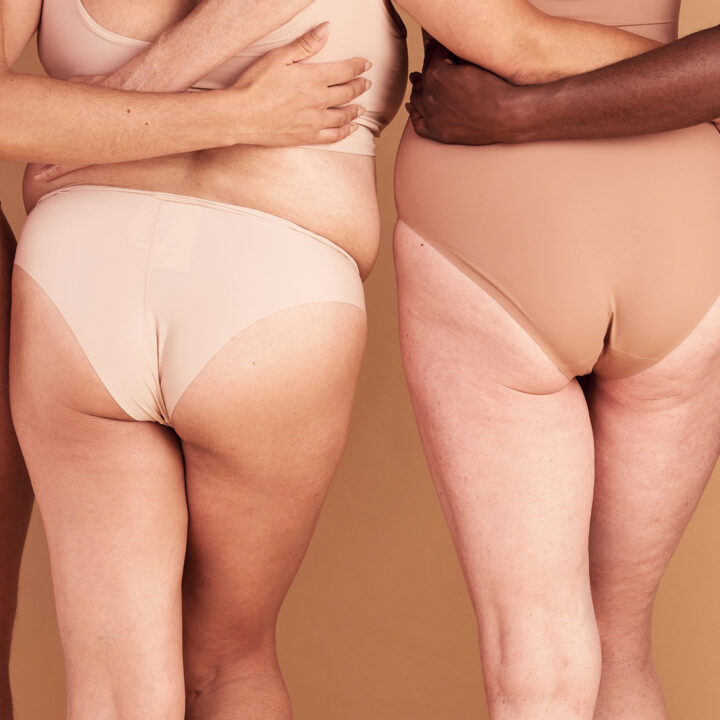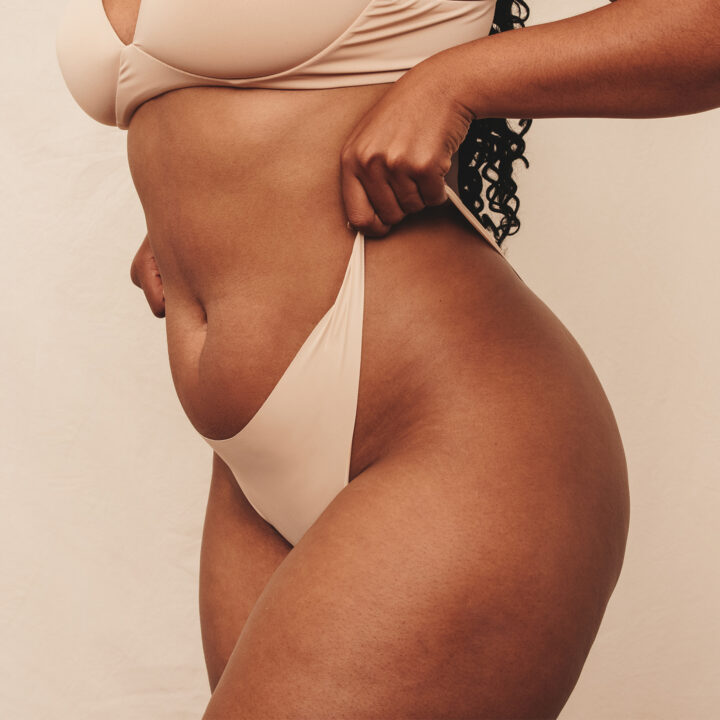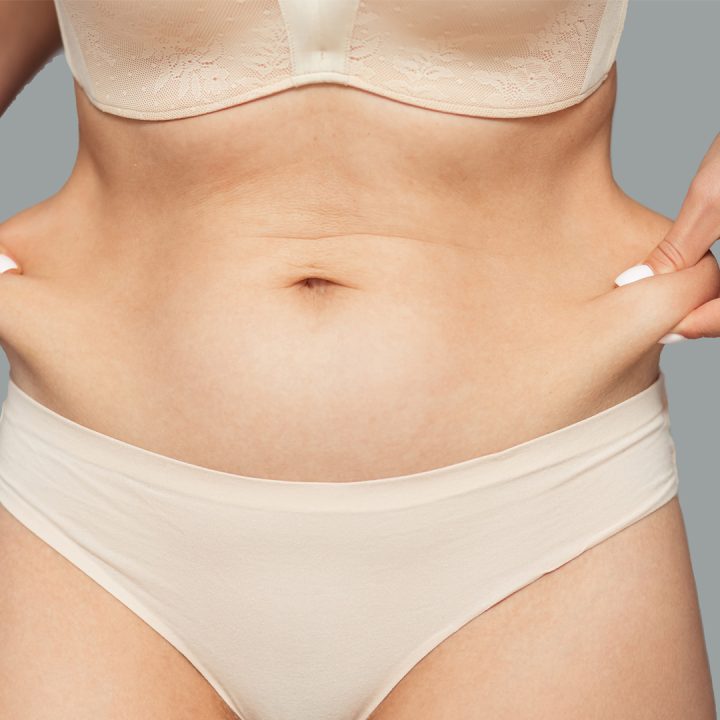Labia Correction
Some women may have very large inner labia (labia minora), which means they protrude and are longer than the outer labia. Many women find this physically uncomfortable or really unsightly.
In a labia correction procedure, also called a labia reduction, the excess tissue is removed. Labia reductions are performed for aesthetic as well as practical reasons. For example, you may find it uncomfortable to ride a bicycle, exercise or wear tight trousers.
Many women feel ashamed or are embarrassed to have a shower or intimate contact with their partner. It is important to know that you are not alone. Many women before you have shared the distress of this condition and have chosen to have it corrected. We understand it will be a major step for you to make an appointment for your first consultation. Our plastic surgeons are discreet and highly competent. They will help you with all your questions about having a labia correction.
What does the labia correction cost
01 More information
Having labia that are too large can bother some people. A minor surgical procedure – a labia correction – can be performed to remedy this problem.
A distinction is made between the outer labia, the inner labia and a supplementary clitoral hood reduction.
Inner labia
A labia reduction to the inner labia or labia minora is the most common procedure performed on the labia. This labia correction is usually performed under local sedation and involves removing the excess tissue of the inner labia.
It is a rewarding procedure, as a problem that has been bothering someone for a long time is remedied within a short space of time. This labia correction is carried out at our clinic in Amsterdam several times a week.
Outer labia
The outer labia, or labia majora, may be enlarged due to excessive skin and/or tissue. This excess of skin may be annoyingly visible in tight trousers, sports clothes and swimwear.
Your outer labia may have been enlarged since birth, or as a result of childbirth or significant weight loss, such as after having a gastric band or gastric bypass. If you have enlarged labia, this may lead to discomfort, an increase in (fungal) infections or an unpleasant smell.
Labia and clitoral hood reduction
In addition to reducing the inner labia, the procedure can also be extended to include a clitoral hood reduction. A labia and clitoral hood reduction involves reducing the projection of the clitoral hood, in addition to evenly trimming the entire length of the inner labia. A clitoral hood reduction improves the clitoral hood and repositions a protruding clitoris. This technique is separate from the standard labia correction procedure, and can help optimise the appearance of the entire labia correction.
Sedation for labia correction
Labia corrections can be performed under local sedation or general anaesthetic. The plastic surgeon will remove the excess tissue of the long labia and then carefully stitch the wound using absorbable stitches that do not have to be removed. The scars are generally not visible.
Labia correction prices
The price of a labia correction depends on the procedure to be performed. The most suitable labia correction procedure for you will be discussed together with the plastic surgeon.
Additional procedure
Some women are also interested in having a prominent mons Veneris reduced. This can be done with liposuction.
02 Consultation
Plastic surgeon
The consultation is always held with the plastic surgeon who will be carrying out your procedure.
During this consultation, you can discuss what bothers you the most about your labia and what you would like to have changed. Your plastic surgeon will then find out about your medical history. They will ask you to lie down on the couch. Then together with you, they will examine your labia using a mirror. You can discuss with the plastic surgeon what you are looking to have done with your labia. The plastic surgeon will then suggest the most suitable surgical technique for you and discuss it with you. In front of the mirror, you will be shown what this technique entails and what you can expect in terms of end results. Once you have dressed again, the expected recovery period and any risks and complications will be talked through with you.
You will then have the opportunity to ask any questions you may have. A summary of your consultation will be set out in a treatment plan, and the overall costs will be discussed with you directly. The consultation will take approximately 45 minutes, and aims to inform you as clearly and fully as possible.
Consultants
Following on from your first consultation with your plastic surgeon, you will have an appointment with your consultant. The aim of this appointment is to tell you about the general aspects to be arranged with respect to your labia correction.
03 Procedure
You are expected to arrive at the Boerhaave clinic half an hour before your labia correction.
Sedation for labia correction
A labia correction is an outpatient procedure. This means that you are free to go home on the same day. Labia corrections can be performed under local sedation or general anaesthetic. You may specify your preference beforehand. Most women opt for local sedation. With local sedation, you will be given a numbing cream before the procedure, so that the injections for the local anaesthetic are not so uncomfortable.
Procedure for labia correction
The plastic surgeon first determines how much of the labial tissue has to be removed for your labia correction. This is marked out on the labia using a sterile pen. The plastic surgeon then carefully removes the excess skin from the long inner labia, using a small scalpel. This generally involves a strip of skin a maximum of 3 centimetres long. The plastic surgeon closes the wound by burning the blood vessels to seal them (cauterisation) and stitching the open skin edges with absorbable stitches. The wounds are then covered with a sanitary towel and a sterile gauze dressing. The labia correction procedure lasts 1 hour on average.
04 After care and recovery
With a labia correction under local sedation, you will be free to go home half an hour after the procedure If it is carried out under general anaesthetic, you will be kept at the clinic for a further 3 to 4 hours after the procedure. Once you come around, you will be monitored for about half an hour in the recovery room, after which you will rest in a bed in the day care department for a further 3 to 4 hours.
You will only be free to go home once the nursing staff and anaesthetist give their approval for you to leave. After a labia correction procedure carried out under general anaesthetic, you may eat and drink easily digestible food, such as water, tea and rusks once you are home. This also helps prevent nausea and vomiting, which in turn reduces the chance of post-operative bleeding and/or pressure on the wound.
Post-procedure pain
Most people do not feel much pain after a labia correction. However, the labia may be sore and swollen after a labia correction. You should be prepared for this, especially in the first few days after the procedure. Cold compresses are good for relieving pain symptoms and getting the swelling to go down. The treated area may also feel slightly numb.
Recovery
As with every surgical procedure, the body takes time to recover. The area around the labia will initially be bruised, sore and swollen. The scars may also be red and raised immediately after the procedure. You shouldn’t worry about this, as it is your body’s natural reaction.
The labia are well supplied with blood, so the wound will heal quickly. Recovery takes 2 weeks on average. Until this time, the treated area may feel uncomfortable, tight and stretched. This is completely normal and should not give cause for concern. Bruising and swelling on and around the labia will slowly start to subside after about 3 days, and in most cases will have disappeared after a couple of weeks.
After a labia correction, there may be some blood loss. This may last for the first three days – it is normal and should not give cause for concern. You will barely notice the scars in the end.
05 Results
Do not expect to see the results immediately after the labia correction. The area of the wound is usually quite tight in the beginning. You shouldn’t worry about this. After a couple of weeks, all the swelling and bruising will have disappeared and you will already be able to see good results. The final results will not be visible until after a couple of months. The inner labia usually form a more natural whole with your body.
Scars
Because the incision in a labia correction is made on the edge of the outer labia, you can barely see the scars from a labia correction. In addition, the scars from a labia correction will hardly bother you. It is useful to know that a scar takes 1 to 1½ years to completely calm down.
06 Risks and complications
It is important you are aware that every surgical intervention can entail risks and complications. Plastic surgery procedures are in principle carried out on healthy people, so the risks and chances of complications are low. We make sure any risks are reduced to an absolute minimum, by providing plenty of information, taking a thorough medical history (noting your case history, including medication, any problems experienced in previous operations, allergies, etc.) and applying our professional procedures.
Labia corrections are successfully performed each week at the Boerhaave Medical Centre. The chances of any complications arising are luckily rare. You can help reduce certain risks by carefully reading through the instructions you are given prior to your labia correction.
Possible complications of a surgical procedure may be:
- Haematoma (blood clot under the skin which has to be removed)
- Adverse reaction to the sedation
- Haemorrhaging
- Infection
- Change in sensitivity
- Permanently visible and/or sensitive scars
- Damage to underlying structures
- Unsatisfactory aesthetic result.
Smoking
Patients who smoke or use tobacco or nicotine products (such as nicotine patches and chewing gum) at the time of their surgery have a greater risk of complications, such as skin loss and impaired wound healing. People who are exposed to passive smoking may also have an increased risk of complications such as these. What’s more, smoking may have a negative effect on the anaesthesia, which may in turn lead to an increased risk of bleeding. People who are not exposed to tobacco smoke or nicotine-containing products have a significantly lower risk of such complications. It is important not to smoke for at least 2 weeks prior to the operation and to keep this up for the entire recovery process.
More information
Plan your appointment now in our agenda or let us call you back.




